Hello dear readers!
I’ve been on Solstice Sabbath for the past three weeks.1 Tree swings, swimming pools, and the songwriter studio.
In today’s issue, I explore a musical demo as a kind of demolition — offering a window into my creative process that I hope is fun, interesting, or educational.
Beautiful Question 1: How does “recording demos” illuminate the process of “cultivating wisdom” with others?2
Beautiful Question 2: How might Substack give us ways to “demo” our creative gifts together? Might this be a fun way to do lyric philosophy in groups?3
Estimated read time: 5 minutes; another 5 minutes for the attached listening notes
thank you for your support!
The Demo
A demo, to quote wikipedia, is usually “recorded for limited circulation or for reference use.” Demos are “seldom heard by the public.”
Short for “demonstration” — a demo shows what a song might be. In the 80s, you recorded a demo to cassette in hopes of landing a record deal.
Today, you might “sing the news” on TikTok. (big props to Jesse Welles).
Or you might share a SoundCloud Album and see what happens.
As a Devotee of Shiva
I like approaching a demo as a demolition. To create a demo is to destroy a demo.
When you produce a demo, it’s like you’re making a sand-painting. If you’re lucky, you get good practice, and give something beautiful back to the river.
For me, the demo-as-demolition helps me create without punitive self-censure. The demo helps me move past the specter of perfectionism, always reminding: do your best, but you’re not going to keep this anyway (or maybe not).
Sometimes you’re destroying what you thought you were making to give birth to what wants to be born.

Beware of “Demo-itis”
Sometimes we artists can’t let go of a demo. We call it “demo-itis”: An attachment to how the song is now that prevents an embrace of what it might be.
This is a dangerous stance not only in music production, but also in long-term relationships — with our lovers, our partners, our children, and ourselves.
The trick, perhaps, is to accept and celebrate what was, warts and moments-of-shining-brilliance and all, as a necessary aspect of what will be.
I think of the Rick Rubin / Tom Petty sessions for Wildflowers, one of the all-time great albums: “half the songs they recorded . . . ended up on the cutting room floor.”
Music Producer ↔️ Artist :: Facilitator ↔️ Friend
How is the relationship between a producer and an artist like a facilitator and their clients? How like teacher/student, and coach/coachee?
The music producer:
helps the artist let go of what was
helps the artist see (and hear) what could be
works to bring out the best in the artist
sets the conditions to honor the artist, considers set and setting
attunes to the artist in real time
listens for where the vision resonates in the control room
makes the creative lifecycle go a bit easier
Which is one reason I’m sharing these demos, warts and all. With any luck, we’ll make a handful of these tunes into something I could never make alone.
re: creation, education, and wisdom: more collaborative than you might think.
20 Demos via SoundCloud and Google Drive
Total play time: 58 minutes and 23 seconds.
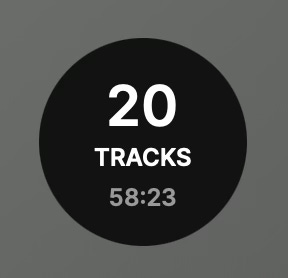
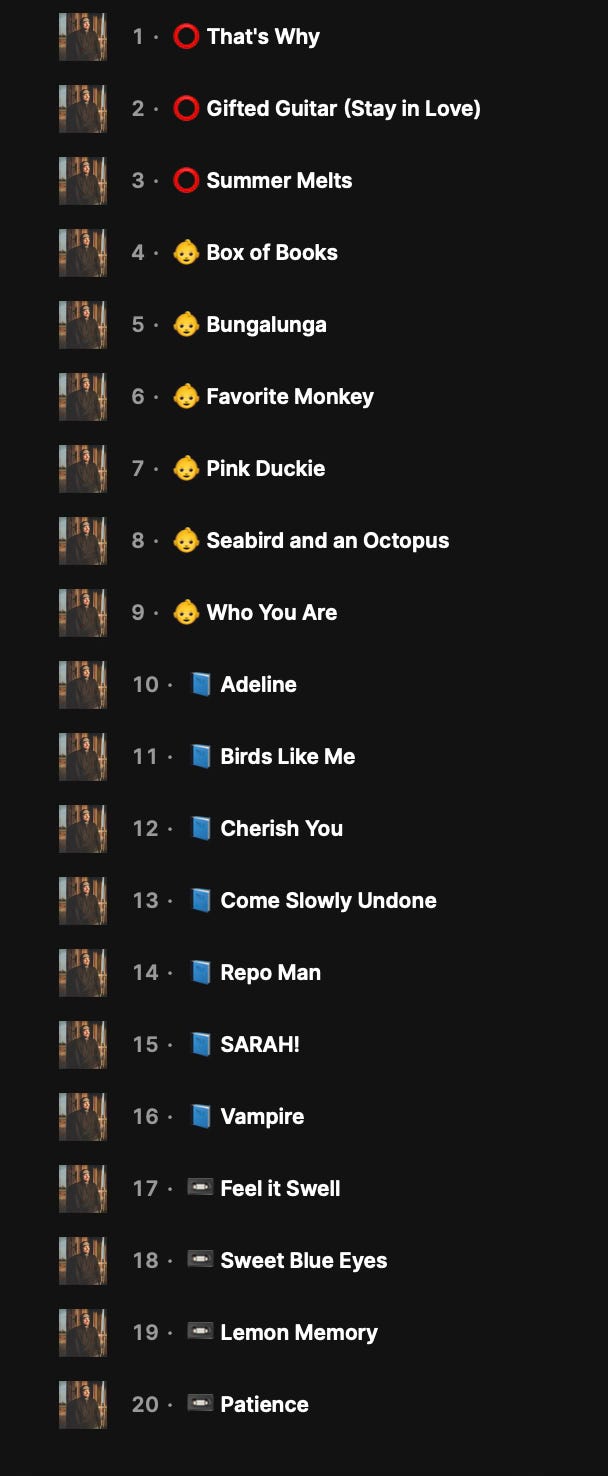
Here are my listening notes with some information about the songs.
Here’s a template for your listening notes if you want to play along.
Considering that it costs ~$200-$600 to bring any single demo to pro completion — mix, master, art, distribution — which, if any, of these songs would you finish?
want to financially contribute?
want to talk about music, life, or the number 42?
With love,
Sean
Some shows coming up
Colorado Friends, would love to see you:
Saturday, July 26th, 6-9 pm. Wellington, CO: Wellington Grill, 3724 Cleveland Ave.
Friday, August 1st, 6-9 pm. Fort Collins, CO: Private Block Party. DM for details.
Saturday, August 23rd 9am-1pm. Fort Collins, CO. Larimer County Farmers Market. Same day as Tour De Fat! A good reason to visit northern Colorado.
Not in Colorado? You can listen via Spotify, Apple, Tidal, YouTube Music, Amazon.
Footnotes
One overlap between recording mudemos and cultivating wisdom with others: something to do with feeling out arrangements. In song production, the arrangement refers to the instruments in the sonic space. In wisdom cultivation, the arrangement refers to players in the virtual or physical space.
Another is that a demo gets the work as far as you can easily get it yourself, before you need others to bring the vision to completion.
I explored another overlap above: the dance between destruction and creation — the willingness to enter into liminal anti-structure in the heart of creative praxis.
Jan Zwicky’s notion of a lyric philosophy. may be a little heady for the common reader — but she’s after the way that philosophy can be non-verbal and non-propositional. I.e., you don’t ask whether a Bb minor barre-chord is “true or false.” You ask whether it fits the composition. And that is a matter of taste (*sort of). You could think of this as a question of integrity and resonance… two concepts that relate beautifully to future models of third generation coaching. I can’t wait to explore more of this publicly soon.




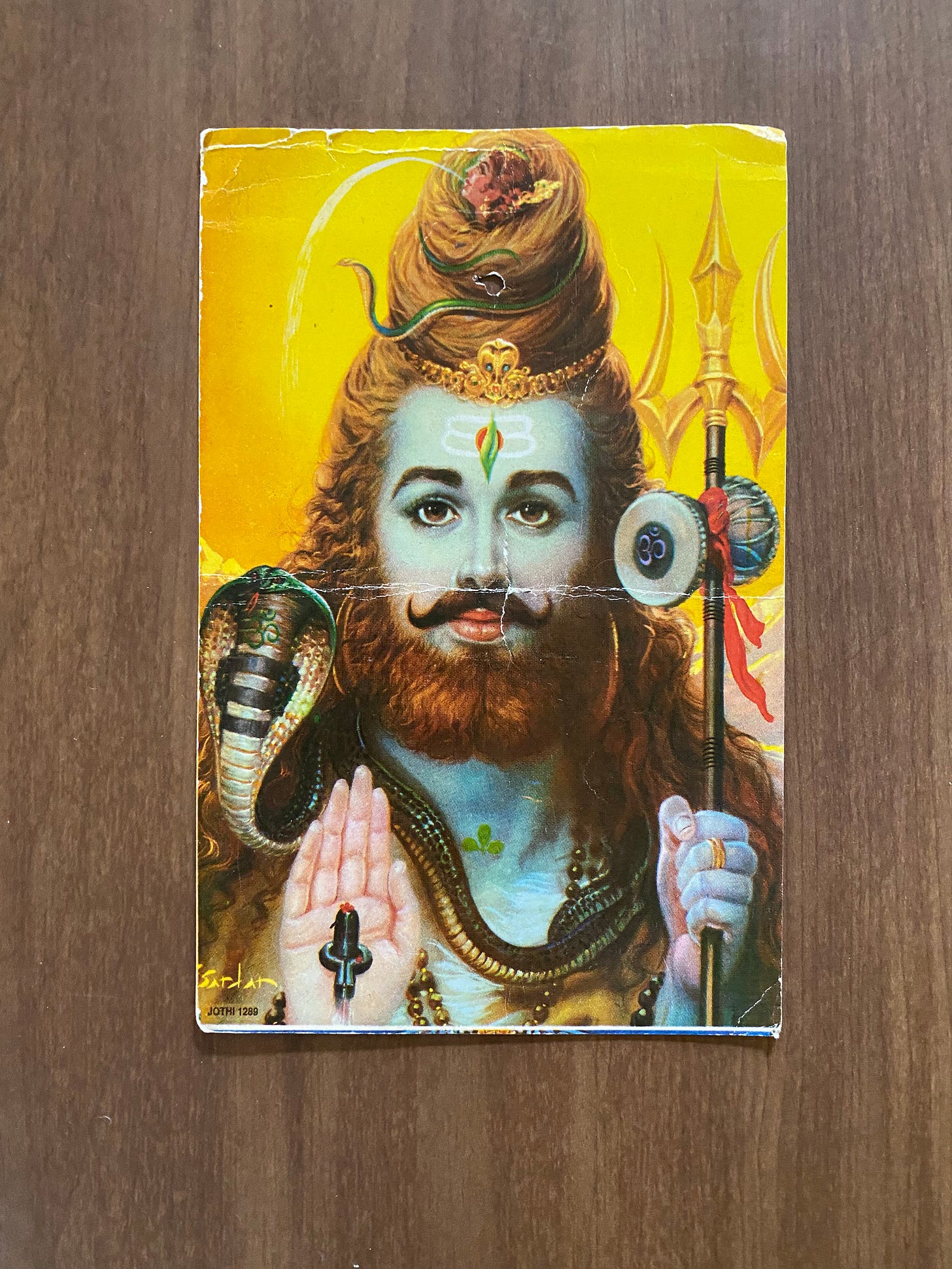

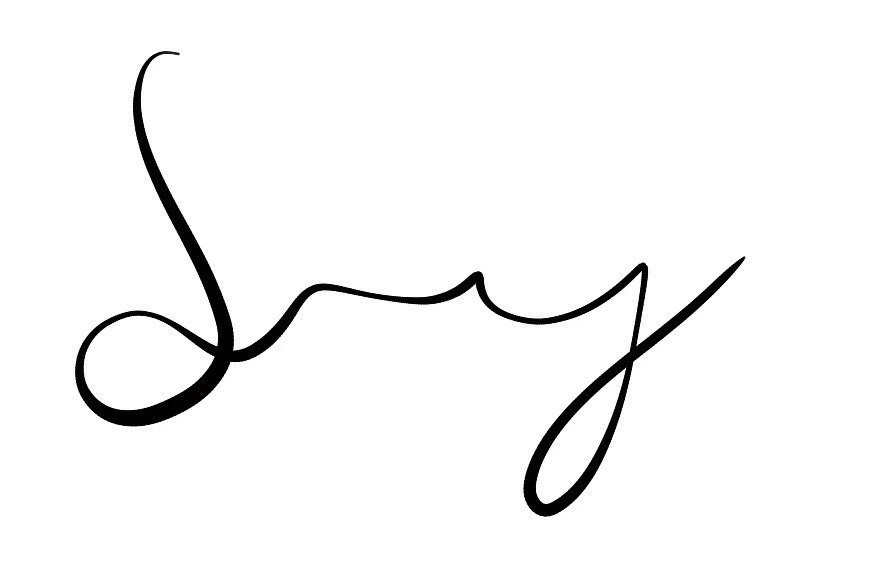
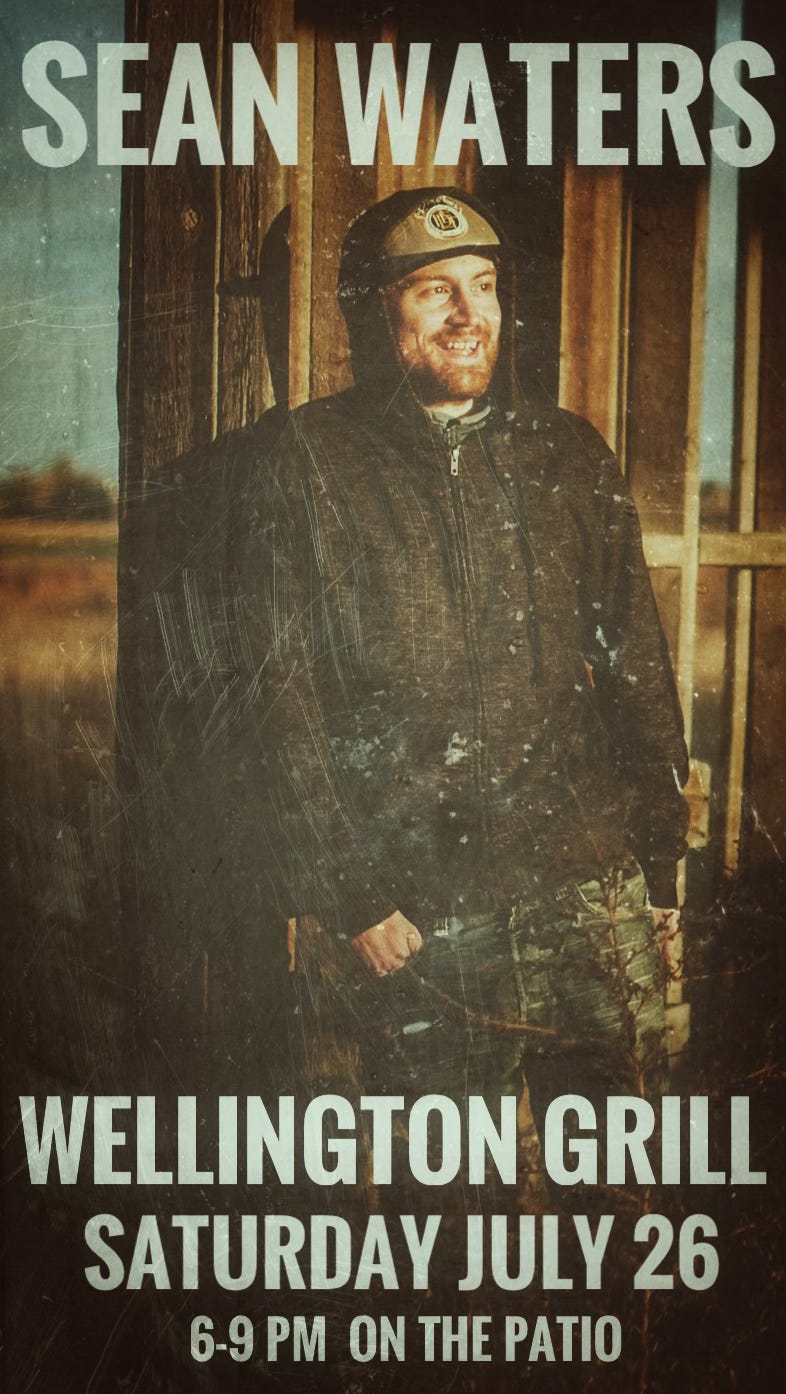
Thanks for this reminder! I try to think of everything as an experiment or practise. Love this concept of demolition in our sharing of work.